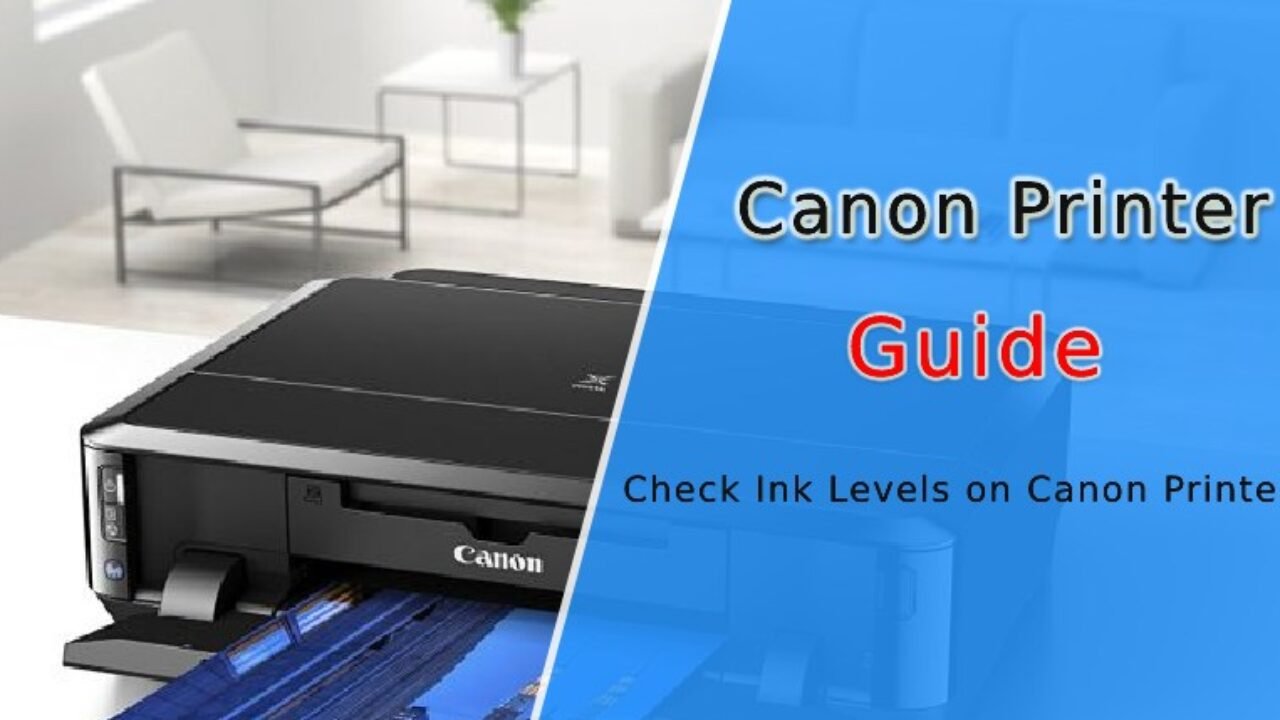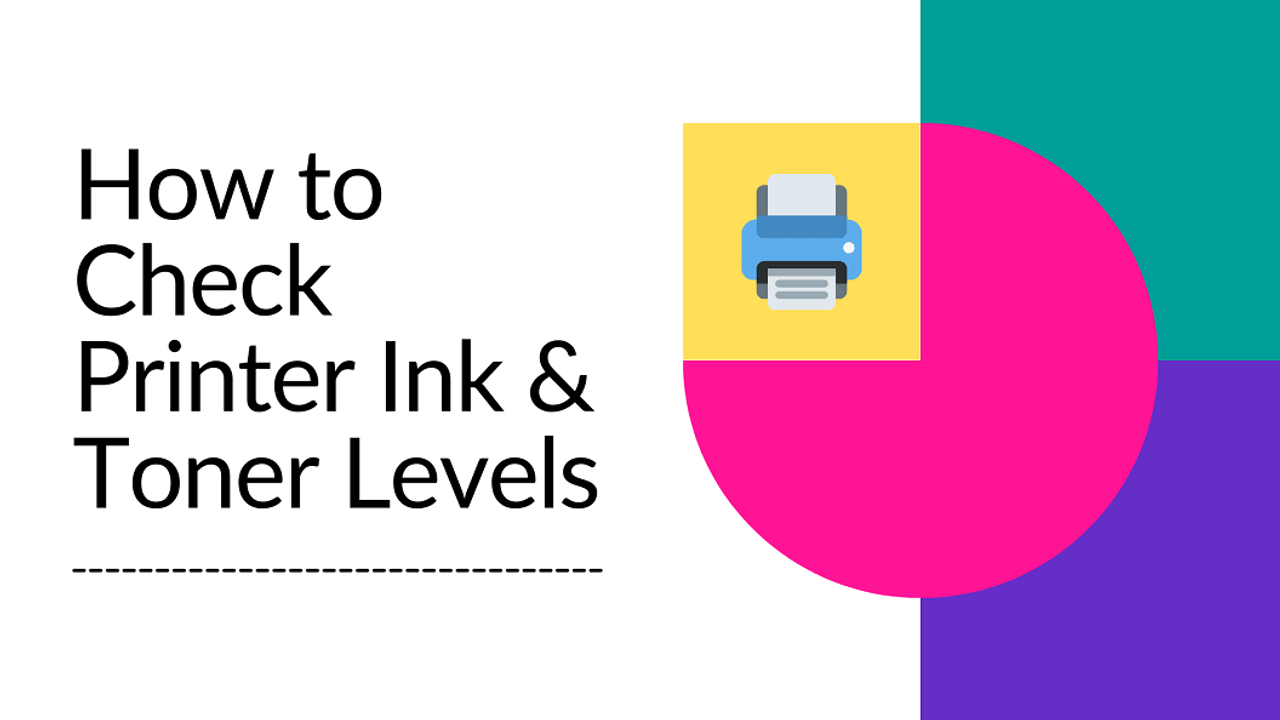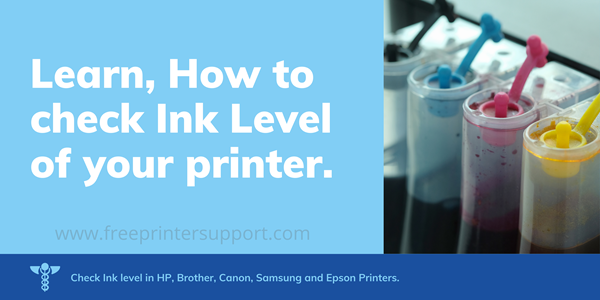

Hopefully, you'll save a bit of cash, as well. Print only when you need to and leave the printer on, and you'll get the most mileage out of each cartridge.

Each time you cycle the power on an inkjet, it goes through a maintenance routine that can use a huge percentage of each cartridge's ink. Īlso consider leaving your printer's power on.

Spend a bit more on the printer itself and your ink costs will likely decrease. In general, the cheaper the printer, the more expensive the ink. If ink costs concern you, your best bet is to do a bit of research before you buy a printer. One study indicated that nearly 60 percent of ink goes unused and is thrown away. That is, they'd much rather have you toss out a cartridge with ink left than print for weeks or months longer before spending more cash on new ones. Of course, the big questions is just how accurate are these systems, really? Journalists and industry insiders offer varying accounts on ink yield, but the consensus seems to be that manufacturers err heavily on the side of cushioning low-ink alerts. But as part of the system, some of these printers obstinately refuse to print more pages even if ink remains inside, meaning you've no choice but to toss perfectly good ink. These use a chip that's similar to the Epson models. Some other printer makers build the printhead directly onto the cartridge, so there's no risk of permanently damaging the printer once ink runs low. Once ink levels fall to a predetermined level, a beam of light bounces towards a low-ink sensor, which again triggers an on-screen message that tells you to replace the cartridge.

Each printer uses an optical sensor in which shines a light through a prism at the bottom of the ink well.


 0 kommentar(er)
0 kommentar(er)
